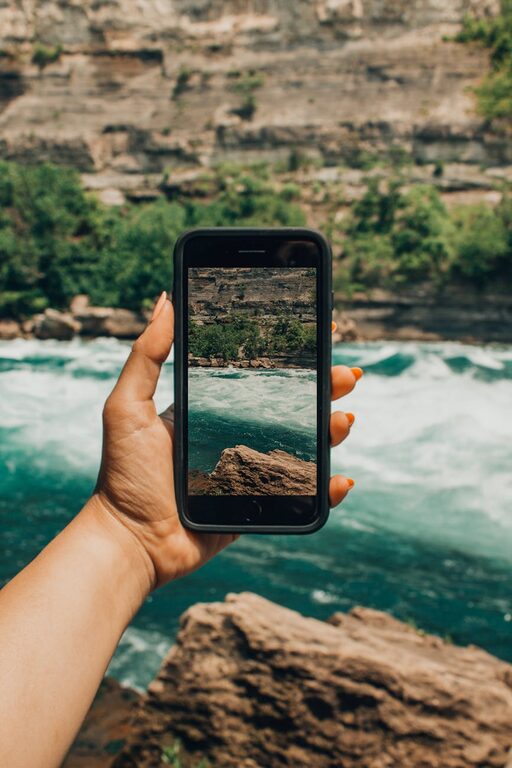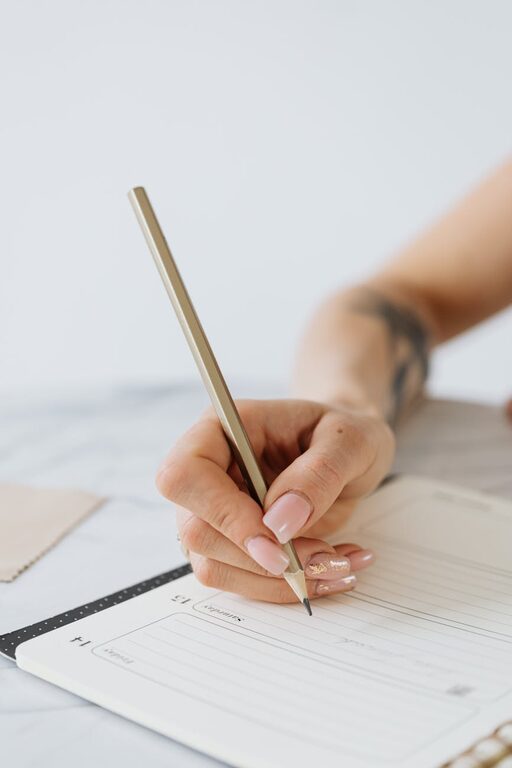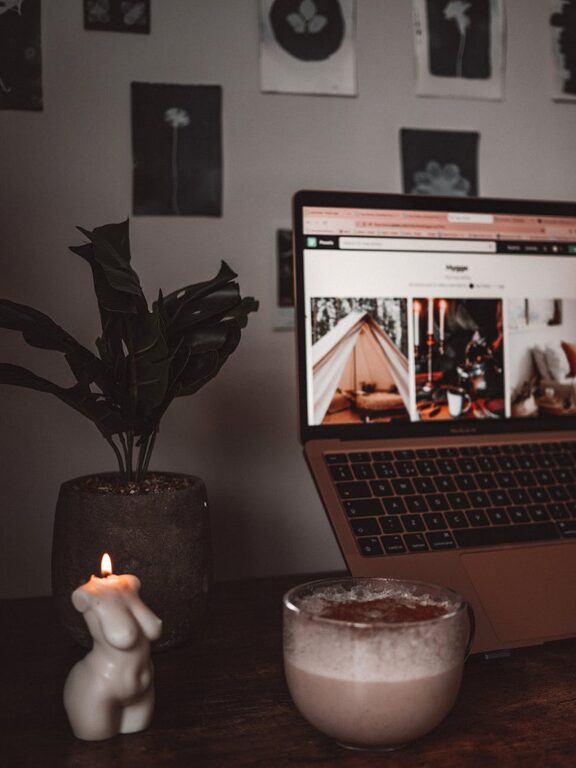Taking great photos with your phone is easier than ever. With technology advancing, even beginner photographers can capture beautiful images without needing expensive cameras. Whether you want to document special moments, create social media posts, or explore your creative side, these beginner tips will help you take better phone photos today.
Start with the Basics: Understand Your Phone Camera
Before diving into shooting, spend some time exploring your phone’s camera features. Most smartphones offer a variety of modes such as portrait, panorama, night, and manual settings.
– Learn the camera app: Open the camera and discover options like HDR, flash, timer, and resolution settings.
– Keep your lens clean: Wipe your lens regularly with a soft cloth to avoid blurry or foggy photos.
– Use grid lines: Turn on grid lines in your camera settings to help with composition and keeping your shots level.
Composition: The Key to Engaging Photos
Good composition makes your photos visually interesting and balanced. Here are some composition techniques that work well on phones:
Rule of Thirds
Imagine dividing your frame into a 3×3 grid. Position the main subject along these lines or at their intersections to create a pleasing balance.
Leading Lines
Use natural lines like roads, fences, or buildings to guide the viewer’s eye towards the main subject.
Framing
Frame your subject using elements like doorways, branches, or windows to add depth and focus.
Simplify Your Scene
Remove clutter or distractions to make the subject stand out. A clean background often makes a stronger photo.
Lighting: Make Light Your Best Friend
Light greatly affects the mood and quality of your photos. Here’s how to use it effectively:
– Natural light is ideal: Shoot during the day when you have plenty of sunlight. Early morning and late afternoon (golden hours) offer warm, soft light.
– Avoid harsh midday sun: This can create strong shadows and overexposed highlights.
– Use shadows creatively: Shadows can add drama or texture to your photos.
– Try backlighting carefully: Position your subject with the light behind them for interesting silhouettes but be cautious of lens flare.
– Turn off the flash if possible: Built-in flashes often produce harsh, unflattering light. Instead, look for ways to increase ambient light.
Focus and Exposure: Control What Matters Most
Your phone camera usually autofocuses automatically, but you can improve accuracy by:
– Tap to focus: Tap the screen on your subject to make sure the camera focuses there.
– Adjust exposure: After focusing, you can swipe up or down (on many phones) to brighten or darken the photo before you take it.
– Lock focus and exposure: Some phones allow you to lock focus/exposure settings by holding down on the screen. This helps when recomposing the shot.
Stability: Keep Your Shots Sharp
Blurry photos often come from camera shake. To reduce this:
– Hold your phone with both hands and keep your elbows close to your body.
– Use a stable surface: Rest your phone on a table or steady object if possible.
– Use a tripod or phone stand: Great for low light or long exposure photos.
– Enable image stabilization: Check if your phone camera has this option and turn it on.
Experiment with Angles and Perspectives
Don’t just shoot at eye level. Try different angles to add interest:
– Shoot from low angles to make subjects appear larger or more dramatic.
– Shoot from high angles to show context or patterns.
– Move closer or farther away to find the best framing.
– Use zoom sparingly; digital zoom reduces quality, so it’s better to physically move closer.
Edit Your Photos Mindfully
Editing can elevate your images, but start with simple adjustments:
– Use your phone’s built-in editor or free apps like Snapseed or Lightroom Mobile.
– Adjust brightness, contrast, and saturation to enhance the photo while keeping it natural.
– Crop to improve composition.
– Avoid over-filtering; subtle changes keep your photos looking great and authentic.
Practice Regularly and Learn From Others
The best way to improve is by practicing frequently and studying other photographers:
– Take photos everyday, trying out different subjects and lighting.
– Look at photos you admire and ask yourself what makes them appealing.
– Join online communities or social media groups for feedback and inspiration.
– Challenge yourself with themes like nature, portraits, or street photography.
Final Thoughts
Taking better photos with your phone is a combination of understanding your device, applying basic photography principles, and experimenting creatively. With these beginner tips, you can capture more compelling and memorable photos without any fancy gear. Remember, the best camera is the one you have with you—so start snapping and enjoy the process!




